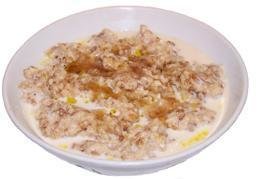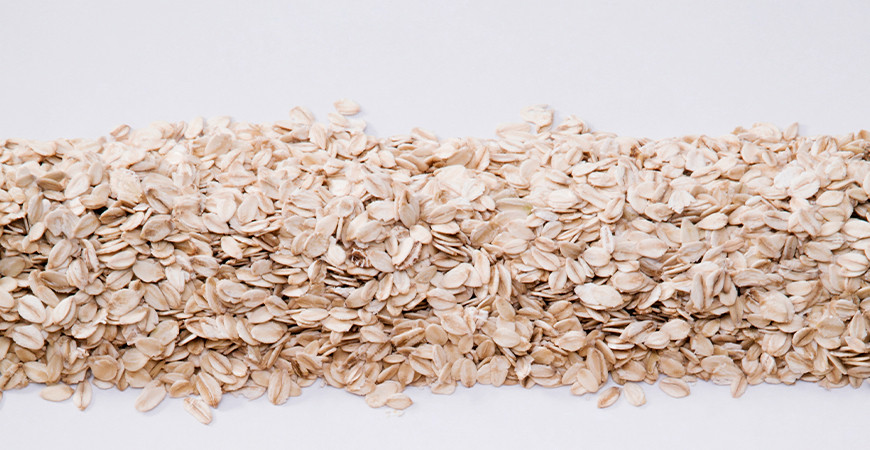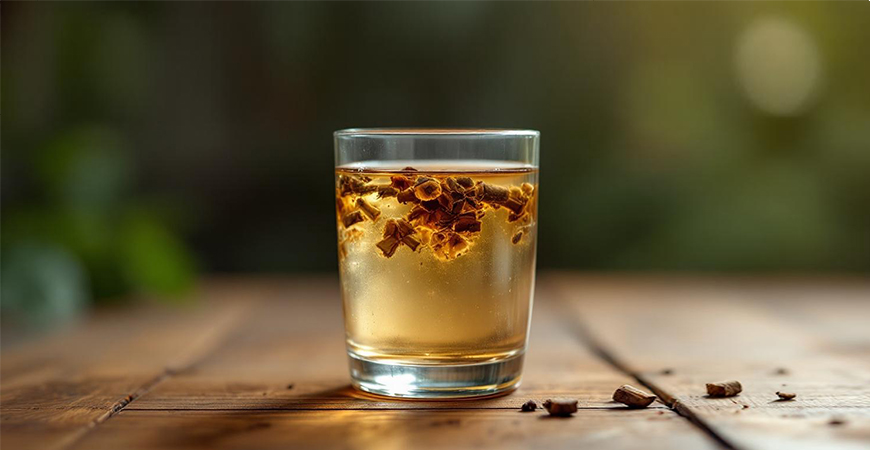The Humbleness of Porridge
One of the earthly realities about movement on this planet is your body needs to consume energy.
Yes the body requires fuel, and it takes conscious mental effort to provide the body with a regular supply of high quality energy foods, or power-foods.
If you’re one of the many who exercise regularly, the problem of weight-loss is non existent.
Losing weight, that’s the easy bit.
The difficulty can be found in moving everyday and aligning your breath, mind, body connection.
Get into the TriBreath techniques and walk everyday and breathe in deeply.
Everyday, ever so slightly, move beyond you used to go.
Keep yourself hydrated and feed yourself lots of raw veggies and fruit and the fat will miraculously evaporate.
But breathe first, then walk and move your body EVERY DAY.
It’s by providing the body with power-fuels that support and strengthen the regenerative processes of the body (so you can experience the benefits of exercising) that takes considerable practice and conscious action.
Yet with all the practice it takes to “get good” at eating power-foods (it can quite literally take years to get “good” at it), the actual creating of power-foods in your home has been made a lot easier.
How do you get these power-foods? Luckily for us in our “developed” world, the earth, seed, sun, water and farmers do all the work.
The only requirement from you is to source these power-foods, mix these power-foods and eat these power-foods.
Haze Power Porridge

Haze Power Porridge is such a power-food recipe.
Developed over years of porridge eating practice, this recipe utilises some common grains – unhulled buckwheat, coarse rolled oats and rolled barley.
The rolled rye and triticale add an up-lifting light malt flavour.
Ask most people and they’ll tell you grains are just carbohydrates.
But grains are actually seeds!
As such they contain much more of a variety of minerals, vitamins, major nutrients such as protein and fibre, as well as a stew of anti-oxidants and other phytonutrients beneficial to vital health.
Add to that the oils in the grains (full of lubricating and life-supporting energy) and the starches, all make the humble porridge brew a priceless storehouse of nourishment.
Let’s have a look at some of the nutritive and healing qualities of some of the ingredients.
Oatmeal
Oatmeal has a demulcent (calming, relieving) quality that protects the sensitive duodenal surfaces and soothes the stomach and intestines.
Oats also make a healing lotion for those of us who are suffering from skin problems, especially the soft tender skin of babies and children.
A soothing milk can be made from the grain by placing 1 cup of oats in a stocking and leaving it to soak for 10 15 minutes in a bowl.
Squeeze the stocking dry and apply the liquid to inflamed or itching skin.
Alternatively, put the stocking with more oats in it (a couple of cupfuls is generally enough) in a bath and leave it in as you soak, squeezing the stocking to release the milk regularly.
In the treatment of depression, anxiety and insomnia, the saponins, B vitamins and alkaloids in oats aid in lifting a heavy mood.
Some forms of oats also work as antiseptics and heart disease treatments, help lower blood pressure and help with weight reduction (giving a full feeling and digesting slowly) and are popular on diabetic menus.
And there’s good news for those of us living with the gluten intolerance called coeliac disease.
Recent studies have clearly shown that the gluten content in oats does not result in small bowel mucosal deterioration or immune activation.
Barley
Barley has even gained notoriety throughout the ages as being a food of substance that keeps the body vital.
The varied qualities of the grain were so recognised, even thousands of years ago, that it is mentioned close to forty times in the most famous of western scriptures, the Bible.
In the book of Deuteronomy, barley was one of the seven foods to be offered in the Promised Land.
Suss out the seven… For the Lord thy God bringeth thee into a good land, a land of brooks of water, of fountains and depths that spring out of the valleys and hills; a land of wheat and barley, and vines (grapes), and fig trees, and pomegranates; a land of olive oil, and honey. (Deuteronomy 8:8)
Sounds good in the promised land, hey!
Bread soaked in olive oil with jam and honey, washed down with a glass of home brew red.
Even in those days, the nutritional components of all these foods were reputed to improve potency, vigour and health both physically and spiritually.
Barley, being an easily digested power source, won the praise of the ancient Greeks who would write tales about this wondrous grain.
In early Roman times, the gladiators were known by the nickname hordearii, meaning barley eaters.
And barley’s reputation didn’t stop there.
Ancient Oriental wisdom professes that barley is good for the spleen and stomach, thereby helping to promote the strength and efficiency that is needed to control urinary flow.
Good urinary flow, good kidney function!
Buckwheat
While many people think that buckwheat is a cereal grain, it is actually a fruit seed that is related to rhubarb and sorrel making this grain a suitable substitute for people who are sensitive to wheat or other grains that contain protein glutens.
Buckwheat flowers are very fragrant and are attractive to bees (and believe it… if the bees like it, its a sweet-as-honey-health-food for the human body!) that use them to produce a earthly-special, strongly flavored, dark honey.
The buckwheat plants blossoms are rich in nectar, and blooming continues into the Autumn months.
Some beekeepers plant buckwheat primarily for such use.
The buckwheat kernel has is a high amount of soluble protein, and is rich in…
- potassium (K)
- zinc (Zn) in the albumin
- calcium (Ca)
- magnesium (Mg)
- manganese (Mn) in the globulin
- sodium (Na) in the prolamin and glutelin.
Recent studies have shown that buckwheats protein factor has shown strong activities against hypercholesterolemia, obesity, and gallstone formation, particularly in women.
But all of that a side and getting down to the nitty-gritty, buckwheat in your porridge brew certainly adds a colour and texture that is most agreeable.
Molasses
Stirred into your porridge, molasses adds even more bonuses to the nutritional benefits of your feast.
Helping fight constipation by toning and strengthening the muscles of the intestinal tract, one or two tablespoons of vitamin B-complex rich blackstrap molasses in warm milk before bedtime is an excellent natural laxative and sleep inducer.
Related articles
The Benefits of Linseed & Mollasses



